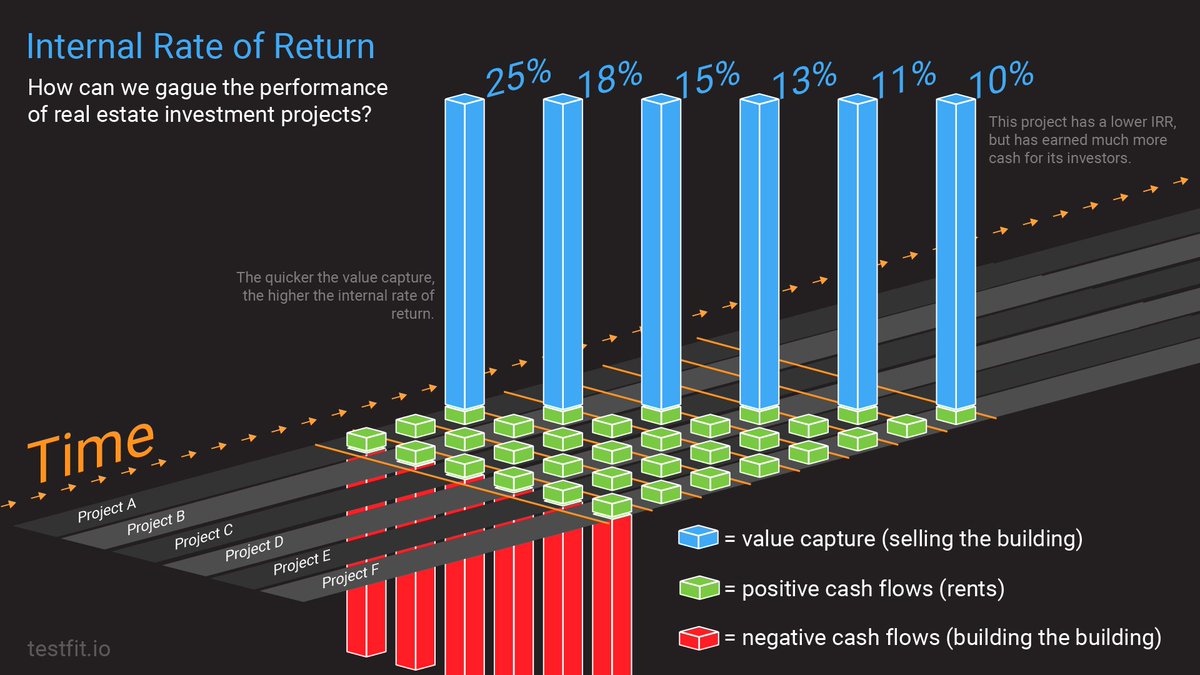Eco-Friendly Approaches In Commercial Structure: Creating A Heritage For The Next Generation
Eco-Friendly Approaches In Commercial Structure: Creating A Heritage For The Next Generation
Blog Article
Content Writer-McGinnis Tange
Did you understand that commercial building and construction is one of the biggest resources of waste and air pollution worldwide?
However, there is an expanding motion in the direction of sustainable methods in this sector, intending to decrease ecological effect while building for the future.
By embracing energy-efficient designs, using green materials, and including renewable resource sources, industrial building and construction can end up being a lot more ecologically responsible.
Yet exactly how precisely are these practices carried out, and what advantages do they bring?
Allow's check out the fascinating globe of lasting commercial building and construction and uncover the appealing future it holds.
Energy-Efficient Styles
When designing business buildings, focus on energy performance to decrease ecological impact and reduced operating costs. Incorporating energy-efficient layouts can dramatically add to a lasting and environmentally aware future.
By implementing reliable insulation, using energy-saving appliances and lighting, and optimizing natural air flow, you can decrease energy intake and lower greenhouse gas exhausts. Installing solar panels and using renewable resource sources better boosts the power efficiency of your building. Not only does this decrease the burden on traditional power grids, but it also aids you save on electricity bills in the long run.
Furthermore, commercial building convention -efficient layouts typically bring about boosted indoor air high quality, creating a healthier and extra comfy atmosphere for passengers.
Make an aware choice to focus on energy efficiency and take an energetic function in developing a greener, more sustainable future.
Eco-Friendly Products
To proceed building sustainably, think about using eco-friendly materials that minimize ecological influence and advertise a greener future. https://johnathansdmuc.targetblogs.com/24991737/tips-for-a-successful-design-bid-build-project-avoid-common-errors-and-challenges are those that are sourced, generated, and disposed of in a lasting way.
These products are typically made from renewable energies, such as bamboo or recovered wood, which helps in reducing deforestation and promotes biodiversity. Additionally, environmentally friendly materials are often made making use of procedures that decrease power consumption and greenhouse gas emissions. For example, recycled steel and concrete made with fly ash can substantially reduce the carbon impact of a structure.
Furthermore, environment-friendly materials are developed to be easily recycled or repurposed at the end of their life cycle, decreasing waste and preserving sources. By integrating these materials into your construction jobs, you can contribute to a more lasting and environmentally friendly future.
Consolidation of Renewable Resource Resources
Consider making use of renewable resource sources to improve the sustainability of your industrial building projects. By incorporating renewable resource into your structures, you can lower your carbon impact and decrease dependency on standard energy resources.
development concepts building and contractors are four ways to integrate renewable energy resources into your industrial building and construction jobs:
1. Set up photovoltaic panels on the roofing to generate electricity from sunshine.
2. Utilize geothermal systems to tap into the earth's all-natural warmth for heating and cooling objectives.
3. Use wind turbines to harness wind power and produce power.
4. Apply biomass systems that transform natural waste right into energy.
Final thought
So, when it pertains to sustainable methods in industrial construction, you now understand the crucial elements to consider:
- Energy-efficient styles
- Environmentally friendly materials
- Consolidation of renewable energy sources
By implementing these strategies, organizations can not only decrease their environmental impact but also conserve money in the future. In fact, did you understand that buildings with energy-efficient designs can save as much as 30% on energy costs?
It's clear that constructing for the future methods developing sustainably.
